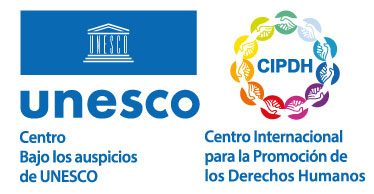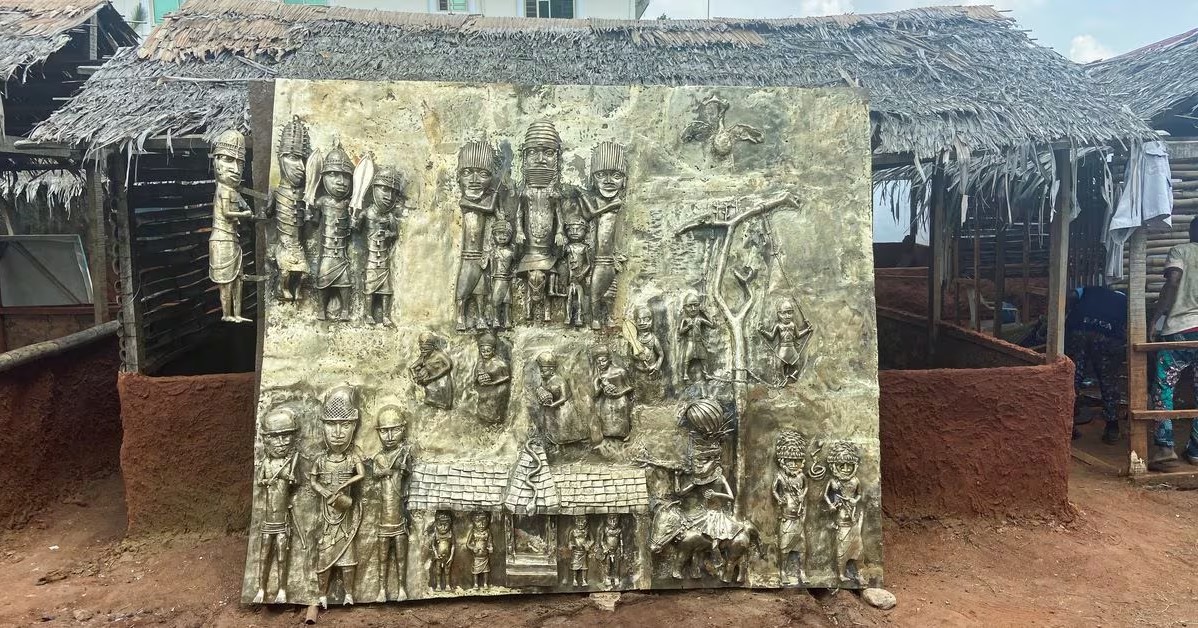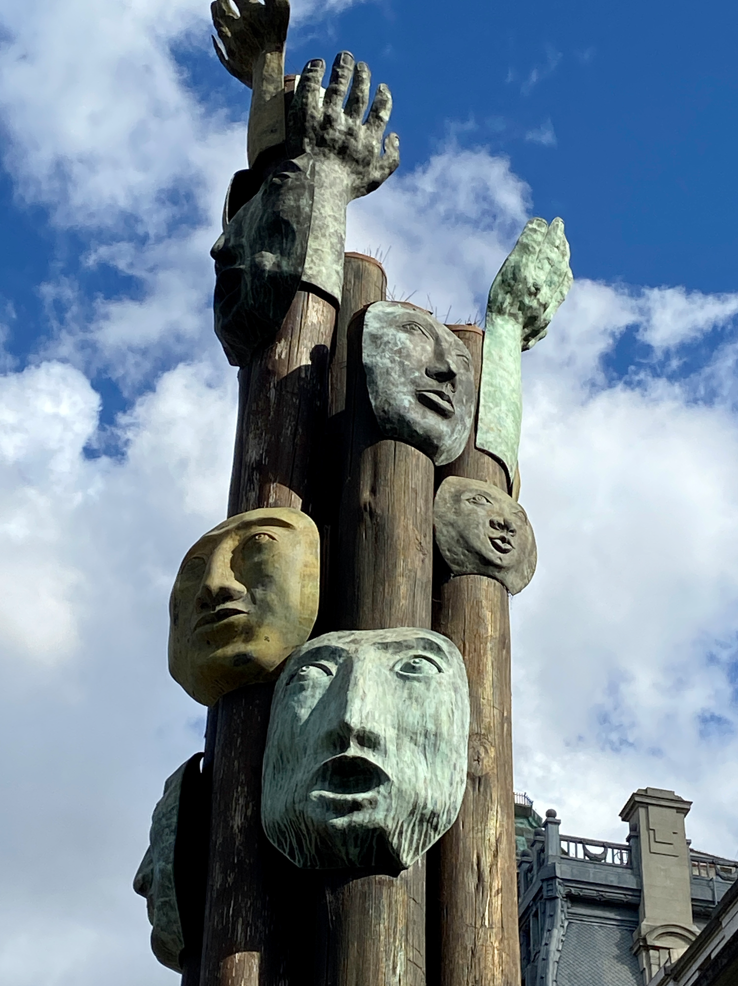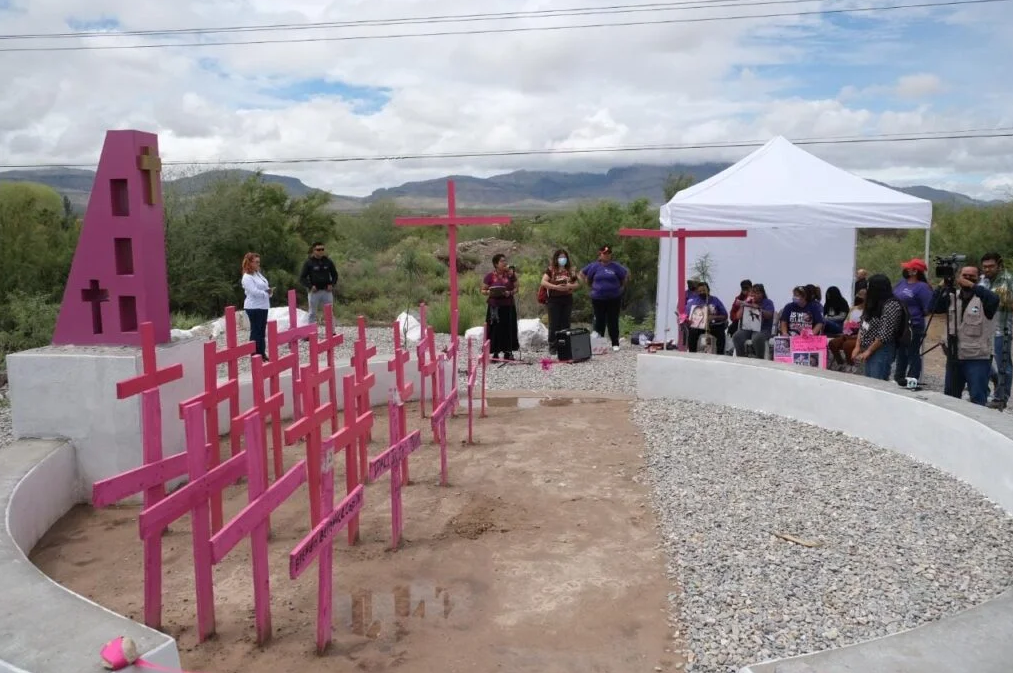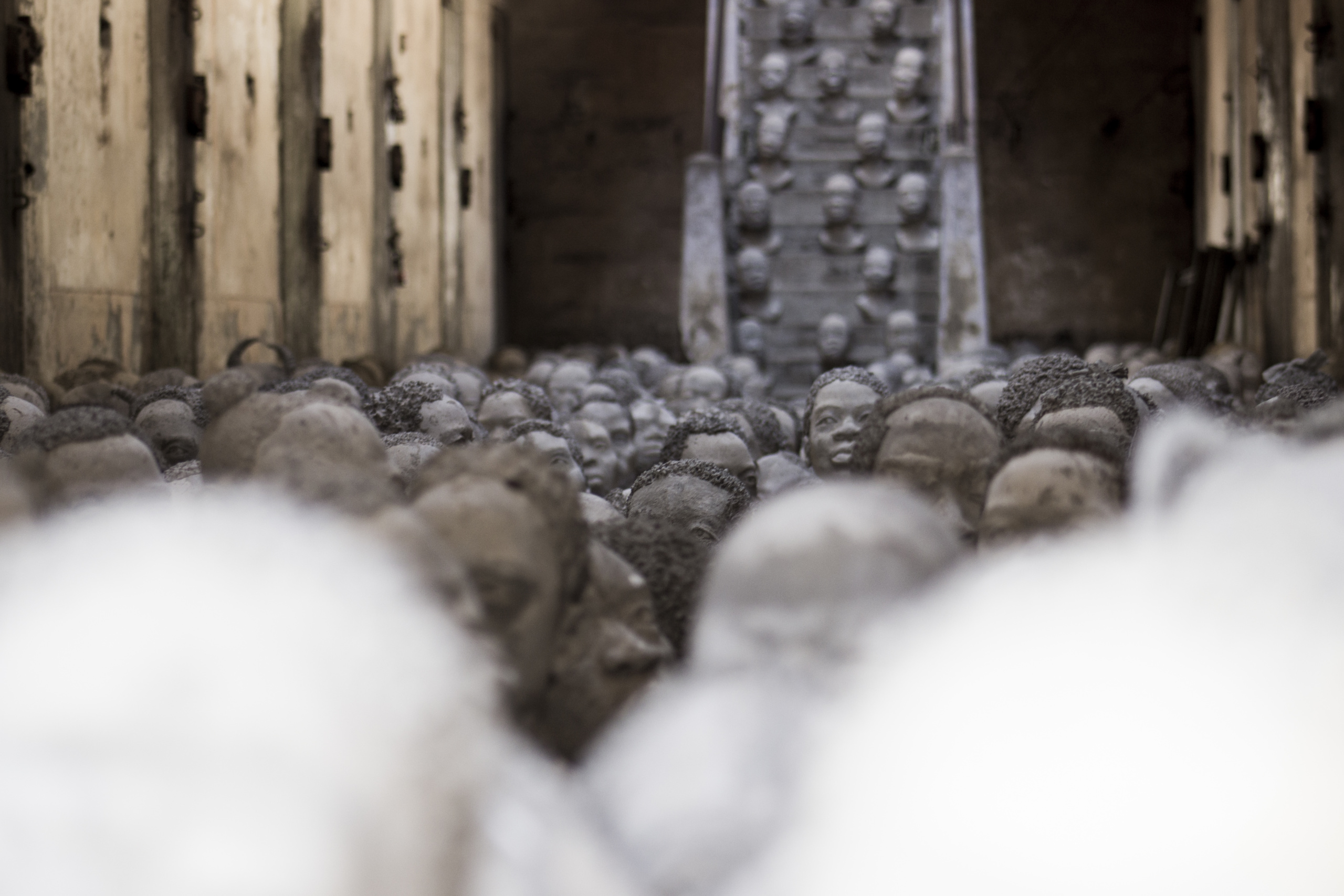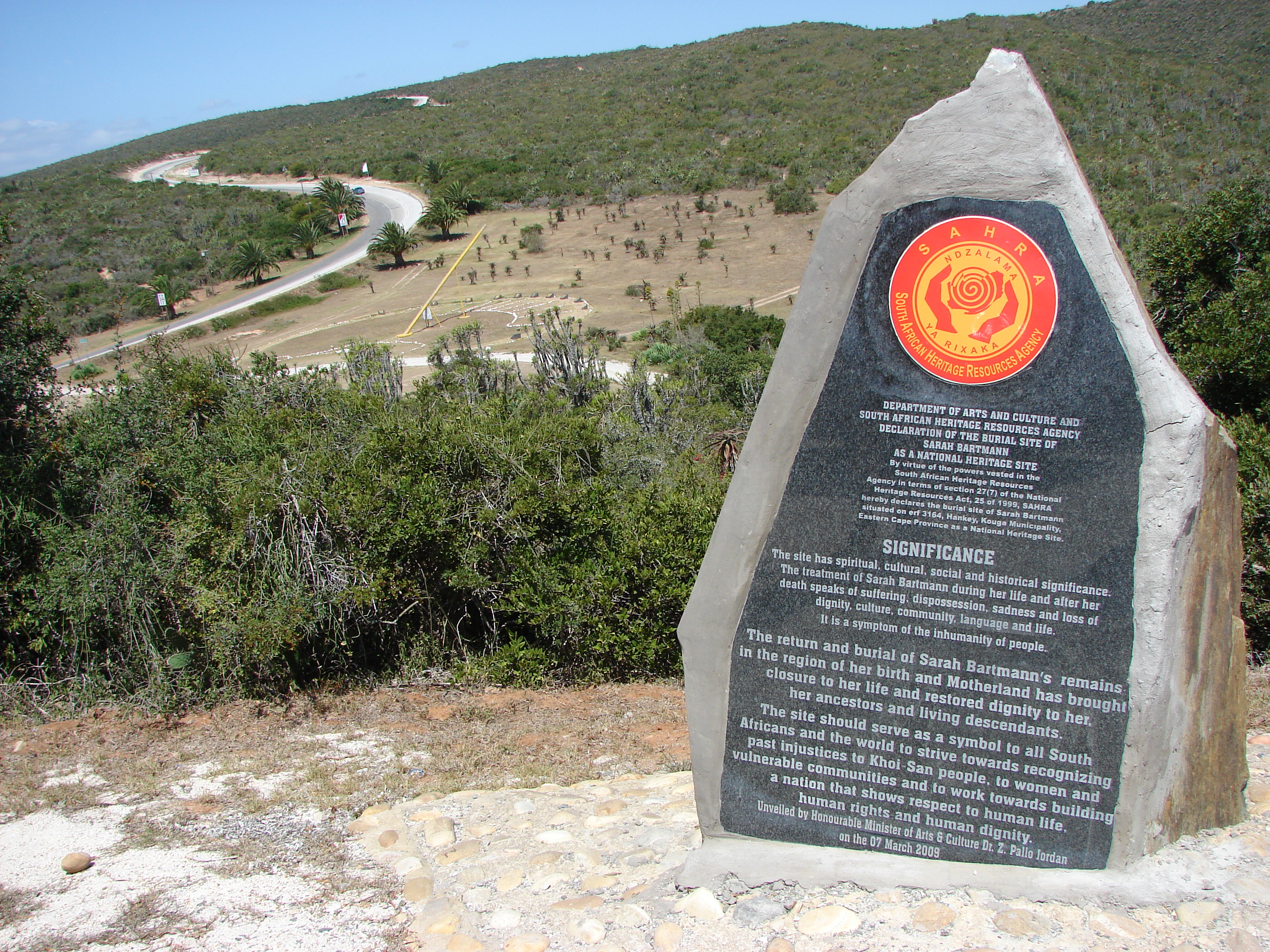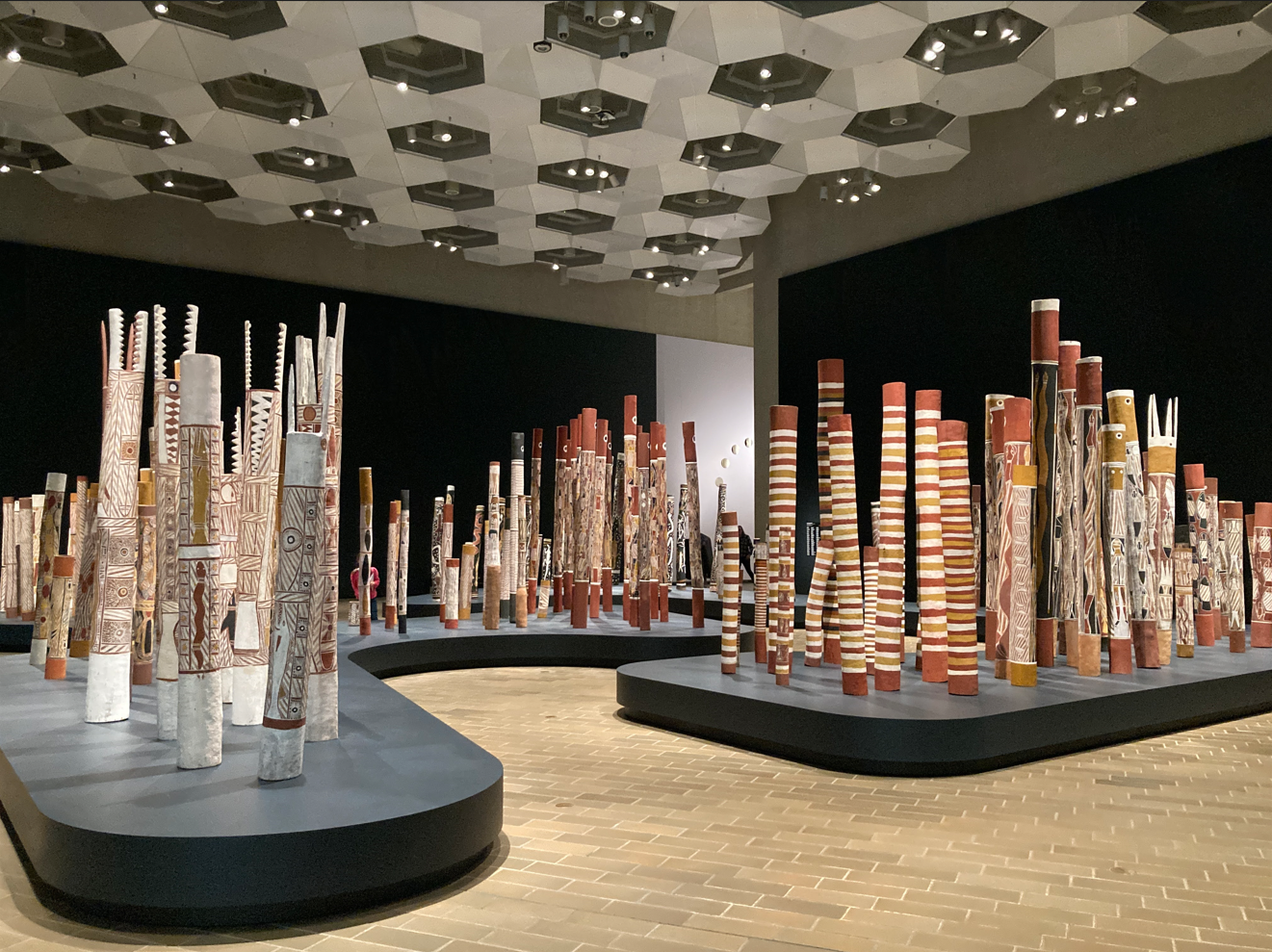“Invitadas”. Fragments on women, ideology and visual arts in Spain (1833-1931)
Artistic heritage
Intangible
Theme: Violence against women, sexual diversities and/or for gender reasons

Address
C. de Ruiz de Alarcón, 23 - 28014
Country
Spain
City
Madrid
Continent
Europe
Theme: Violence against women, sexual diversities and/or for gender reasons
Purpose of Memory
To review the way in which the visual arts contributed to build a subordinate role of women through their representation and their role as creators in the Spanish arts system in the 19th and early 20th centuries.
Public Access
Free
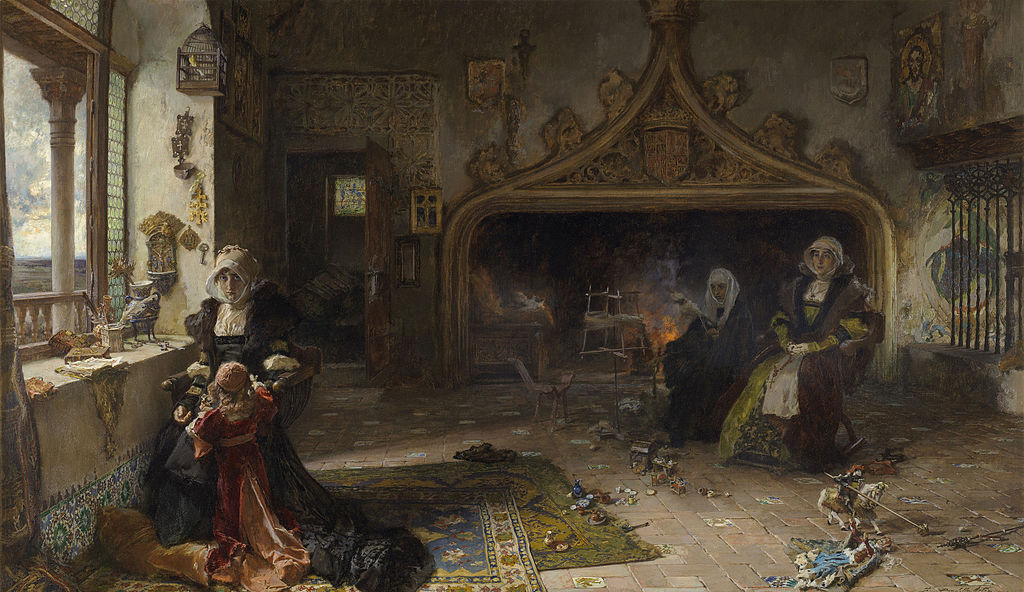
Location description
“Invitadas” was the first temporary exhibition that the Prado Museum held after its reopening following the Covid-19 pandemic. Curated by Carlos G. Navarro, curator of the 19th Century Painting Area, it was located in rooms A and B of the Jerónimos building. Structured in 17 sections or thematic fragments, the exhibition included a selection of more than 130 works. These came from the Museum’s collection, the royal collections of the Nacional Heritage and other public and private collections. Many of the selected works participated in international exhibitions or were prize winners of the National Exhibitions created in 1853 with the aim of constituting a cohesive idea of the Spanish nation.
The emergence of feminist art criticism since the 1970s, as part of the second wave of historical feminism, gave way to new forms of conceiving curatorial practices in public and private institutions. This critical approach proposed a gender perspective that emphasized the re-reading of artistic fields’ conformations, the questioning of the male-dominated canon, the asymmetrical assignment of roles by gender, notable differences in critical fortune and exhibition possibilities, and a questioning of the way femininity is represented in the visual arts.
At the international level, some of the pioneering referents of this movement emerged in the United States, such as Linda Nochlin (author of the seminal article “Why have there been no great women artists?” in 1971), Griselda Pollock, Lucy Lippard or the anonymous Guerrilla Girls collective, among many others. The latter particularly carried out actions that questioned the curatorial practices of museum institutions in relation to the place of women in them.
In Spain, the first art historians, critics and theorists who picked up the baton of the worldwide movement began to work with this approach in the 1990s. Among them are Rocío de la Villa, Marian Lopez Fernandez-Cao, Concha Lomba and Maite Méndez Baiges, although none of them took part in the setting up or curatorship of “Invitadas”. Prior to this show, other exhibitions were important antecedents in reflecting on misogyny and the stereotypical representation of women in the 19th century, and/or on Spanish women artists of the period or even in the first decades of the 20th century. Exhibitions with this approach began to take place in Spain in the last decade of the previous century: some of the most important were Fuera de orden. Mujeres de la vanguardia española (Mapfre Foundation, Madrid, 1997), La imagen de la mujer en la plástica contemporánea española (Pablo Serrano Museum, 2003), María Blanchard (Reina Sofía Museum, Madrid, 2012), Pintoras en España 1859-1926. From María Luisa de la Riva to Maruja Mallo (University of Zaragoza, 2014), Perverse and Fatal. The image of women in Spanish art 1885-1930 (Zaragoza, 2016), Sonia Delaunay. Art, design and fashion (Thyssen-Bornemisza Museum, Madrid, 2017), Drawings by Rosario Weiss (1814-1843) (National Library, Madrid, 2018) and Perversity (Thyssen Museum Málaga, 2019).
The Prado Museum, one of Spain’s most important public heritage institutions and one of the most significant museums in Europe and the world by virtue of its history and the vastness of its collection, had not until then addressed the themes and approach that guide the “Invitadas” exhibition.
According to the Prado Museum itself, “Invitadas” was intended to generate a set of scenarios to reflect on how in the Spanish nineteenth-century arts system the women who appeared were “rarely protagonists of their own free will and rarely in the places they wanted to be; they were only uncomfortable guests in the art scene of their time”. The express aim was to vindicate the role of women and to expose the hostility with which the Spanish artistic field of the time treated them as artists and as thematic subjects of the works. The 17 sections or thematic fragments in which the exhibition consisted were arranged in two parts: one illustrating the official support received by those images of women that conformed to the ideal of their time, and the other dealing with central aspects of the careers of women artists.
In the first part, some of the works exhibited were La reina doña Juana la Loca, recluída en Tordesillas con su hija, la infanta doña Catalina (Francisco Pradilla y Ortiz, 1906), based on the myth of the queen’s insanity in accordance with prejudices about women and their inability to rule; María Hahn, esposa del pintor (Raimundo de Madrazo, 1901), a portrait that overlooks the intellectual and spiritual dimension of women to emphasize a sophisticated but also anachronistic outward appearance, indebted to the values and aesthetics of the eighteenth century in the midst of the women’s suffrage movement; Las tentaciones de San Antonio (Gabriel Borrás, 1901), a sculpture in which the temptations offered by the devil to the chaste saint are the naked bodies of two young women presented as erotic objects in lustful poses; Falenas (Carlos Verger, 1920), a reference to the female nocturnal companions of the upper classes of the time, portraying one of them with focus on her unhinged look that symbolizes the supposed mental instability that the hygienist theories assigned to women not realized as mothers and wives; or Crisálida (Pedro Sáenz Sáenz, 1897), an oil painting in which a pubescent girl offers herself to the viewer posing naked before her toys as a woman, alluding to sexual awakening. A key work in the exhibition given the intersectional perspective with which it is approached in the audiovisual series that accompanied it, “Arte incómodo” (Uncomfortable Art), is Antonio María Fabrés y Costa’s La esclava (circa 1886). According to anthropologist Aída Bueno Sarduy, it condenses the insensitivity of male representation with respect to slavery, which by 1886 had been abolished in Spain for decades, given the complacency and sexualization of the female body that is the protagonist of the composition.
In the second part, which focuses on the work of women artists, the highlights are Los duques de San Fernando de Quiroga (Rosario Weiss, 1836), of extraordinary quality and therefore -and due to historical subsidiarity compared to their male colleagues- attributed until recent times to the painter Rafael Tegeo; La Sagrada Familia del pajarito (copy of Murillo) (Isabel II, 1848), a work of the then queen of Spain with which she participated in the exhibition held at the Royal Academy of San Fernando in 1848 with great critical acclaim; and Joaquina Serrano pintando en el estudio de Espalter (Joaquín Espalter, 1876), one of the few images of the time that reflect the female artistic practice inside a studio, in the company of Una charra (J. Serrano, 1876), precisely the work that Serrano is painting in the previous picture.
“Invitadas” generated debates and reactions from the community of researchers, artists and art historians in Spain. The main questions were expressed by two organizations dedicated to feminist and gender research, Mujeres en las Artes Visuales (MAV) and the Red de Investigación en Arte y Feminismos (RIAF). The MAV observatory dedicated a complete dossier with twelve articles that gathered the opinions of specialists and academics analyzing the exhibition and the catalog exhaustively, with criticisms to the exhibition project, its diffusion and even the merchandising. However, probably the most notorious event in this regard was the revelation by art historian Concha Diaz Pascual that the oil painting Escena de familia attributed to Concepcion Mejia de Salvador was actually La marcha del soldado (1895) by painter Adolfo Sanchez Mejías. Her investigation was published in the blog Cuaderno de Sofonisba just two weeks after the opening and reproduced in the MAV dossier, and led to the withdrawal of the work from the exhibition and the subsequent rectification and apology by the organizing institution.
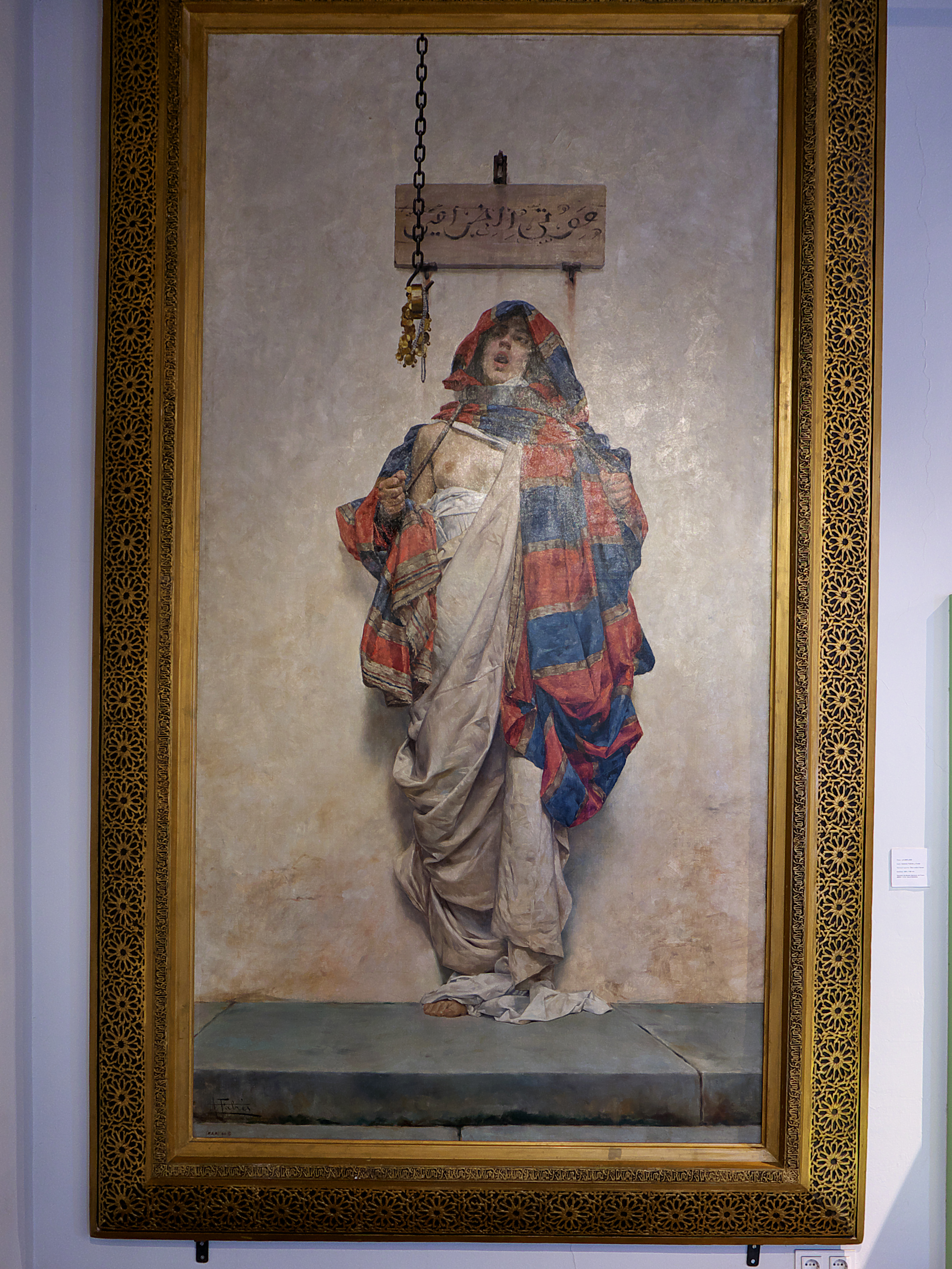

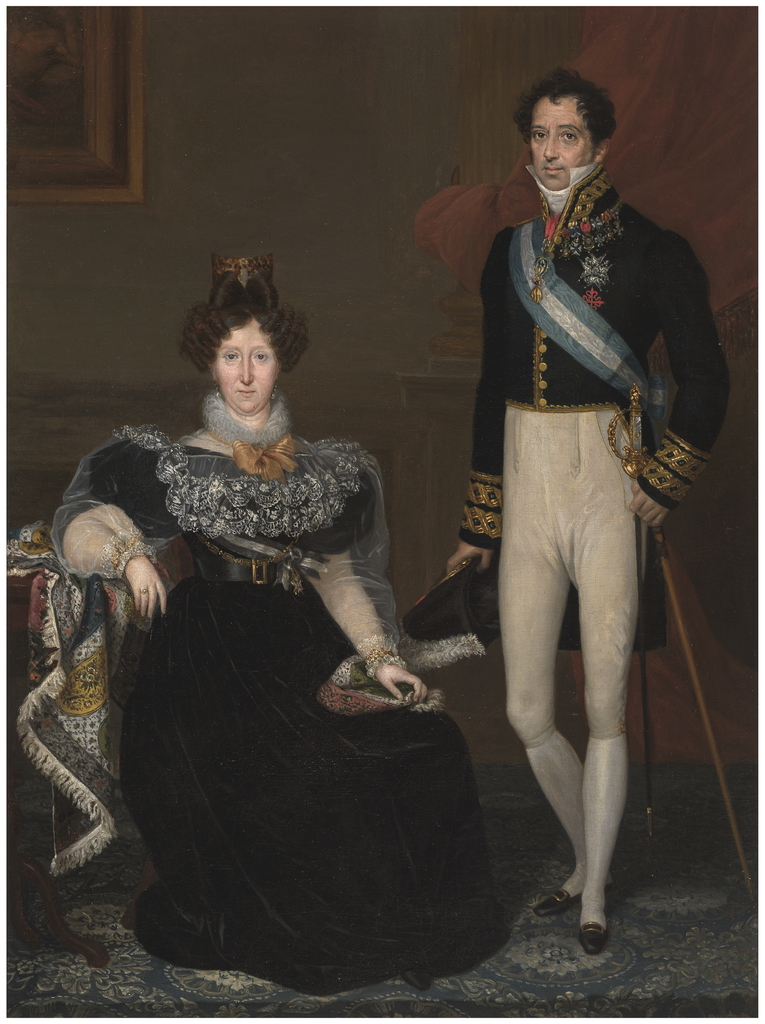
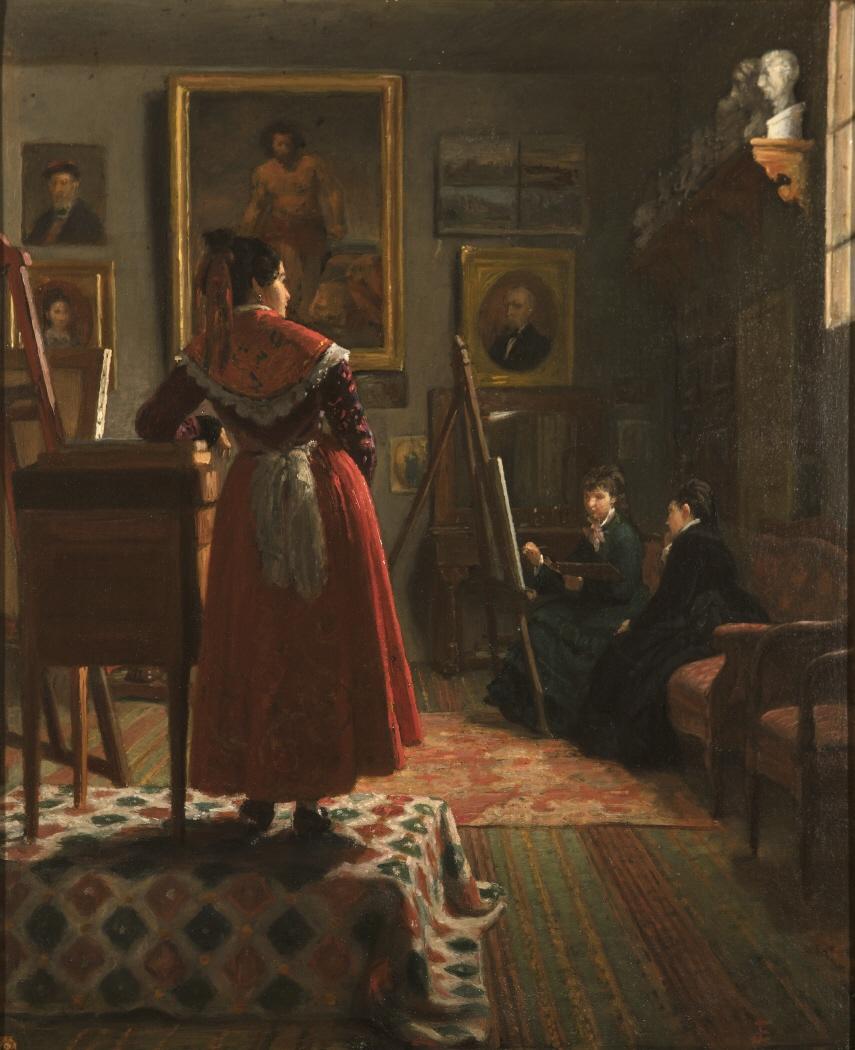
Links of interest
Arte incómodo: "La esclava" de Antonio María Fabrés y Costa (h. 1886) | Invitadas (in spanish)
Arte incómodo: "Las tentaciones de san Antonio" de Gabriel Borrás (1901) | Invitadas (in spanish)
Arte incómodo: "Falenas" de Carlos Verger (1920) | Invitadas (in spanish)
Arte incómodo: "Crisálida" de Pedro Sáenz Sáenz (1897) | Invitadas (in spanish)
M. Arte y Cultura Visual - INVITADAS: PRIMERAS IMPRESIONES, por Concha Díaz Pascual (in spanish)
M. Arte y Cultura Visual - INVITADAS. EL MUSEO DEL PRADO RESPONDE (in spanish)
